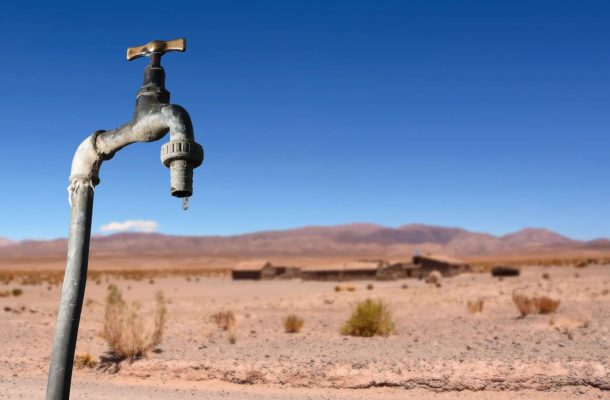Turning on a tap and pressing the flush button on a toilet are simple acts most Australians perform every day without a second thought. We often take for granted the availability, delivery and disposal of our water and waste.
In developed countries such as Australia, the “pipes, pumps and pits” traditions of water resource management have provided secure and reliable water and sanitation services to the majority of people in urban and semi-urban areas.
But for the urban poor and those in rural, remote indigenous homelands settings, access and availability of safe water and sanitation remains an ongoing challenge and threat to health and basic livelihood.
More than a decade of intensive research and experience in drought adaptation, flood mitigation and water sustainability has positioned Australia at the forefront of water resource innovation. But as a global leader in this field, how and why are we failing to deliver this essential resource to many of the marginalised in our own population?
World Water Day 2019 encouraged us to “leave no one behind“. It’s a sobering reminder that safe and clean access to water and sanitation – a most basic human right, and a UN Sustainable Development Goal – is still not a right afforded to everyone, even in Australia.
Leaving no-one behind
In the case of water resource management, it’s not simply a technological fix. As Professor Anas Ghadouani, stated at the 2018 Safe Water Summit: “We have the technology … that’s not the problem.” The real challenge lies in its implementation.
Throughout parts of Australia, marginalised groups – Indigenous peoples, women, children, refugees, disabled people and others – have remained overlooked or have faced discrimination under traditional water and sanitation servicing provisions.
For these communities, complex economic, political, social, cultural and environmental circumstances often complicate and obstruct access to traditional water and sanitation services.
Leaving no one behind in this respect is not simply a matter of technology, infrastructure and service provision – but one requiring a shift in thinking from traditional one-size-fits-all solutions, to those that can effectively account for local challenges.
These challenges are best understood and addressed through the communities that experience them. For those in water policy and resource management practices, community engagement cannot simply be a project add-on. Instead, it must be active, fit for purpose and undertaken early from the design and development phases. Understanding the lived experiences, needs and capacities of these communities is a necessary place to start.

But what of the rest of us? For your average householder, “city thinking” has made many of us complacent. Infrastructure and technology has placed water conveniently at our finger tips.
This availability does little to foster an appreciation of the resources required for water to be sourced, treated, supplied and treated again.
It does little to help us understand the many ecosystems services water accounts for and the political dynamics that determine who has access and for what purpose.
Most importantly, it does little to help us come to terms with the finite capacity of water.
Sadly, this has meant our most vulnerable communities are impacted most harshly in times of scarcity and, in some cases, are denied safe and effective water and sanitation services altogether.
With a new perspective, we begin to understand that using a hose to clean the concrete driveway isn’t such a great idea. Instead, we start to recognise that a socially just and sustainable water future is a shared responsibility, and that we as individuals have a role to play. We require a shift in mindset from passive consumer to active custodian.
Reconnecting with and placing a higher value on our water is a necessary first step. While there’s a range of ways to do this, nothing beats getting a feel for the real thing. A trip to a nearby water reservoir or waste treatment plant is a great way to start.
Volunteering with local Indigenous and environmental groups to look after waterways and environmentally sensitive areas are also great ways to connect and get active. Local councils should also be able to provide information on water-sensitive urban design features, as well as tips, programs and rebates available to households wanting to save water.
The notion of valuing our relationship to water and its connection to life and land is not anything new. It is a perspective that has been upheld by traditional owners in culture and practice for thousands of years. Somewhere amidst the pipes, pumps and pits of engineered solutions we lost sight of this. In this sense, engagement with and empowerment of those currently left behind, might just empower us all in the process.
This article was published by Lens at Monash University.












